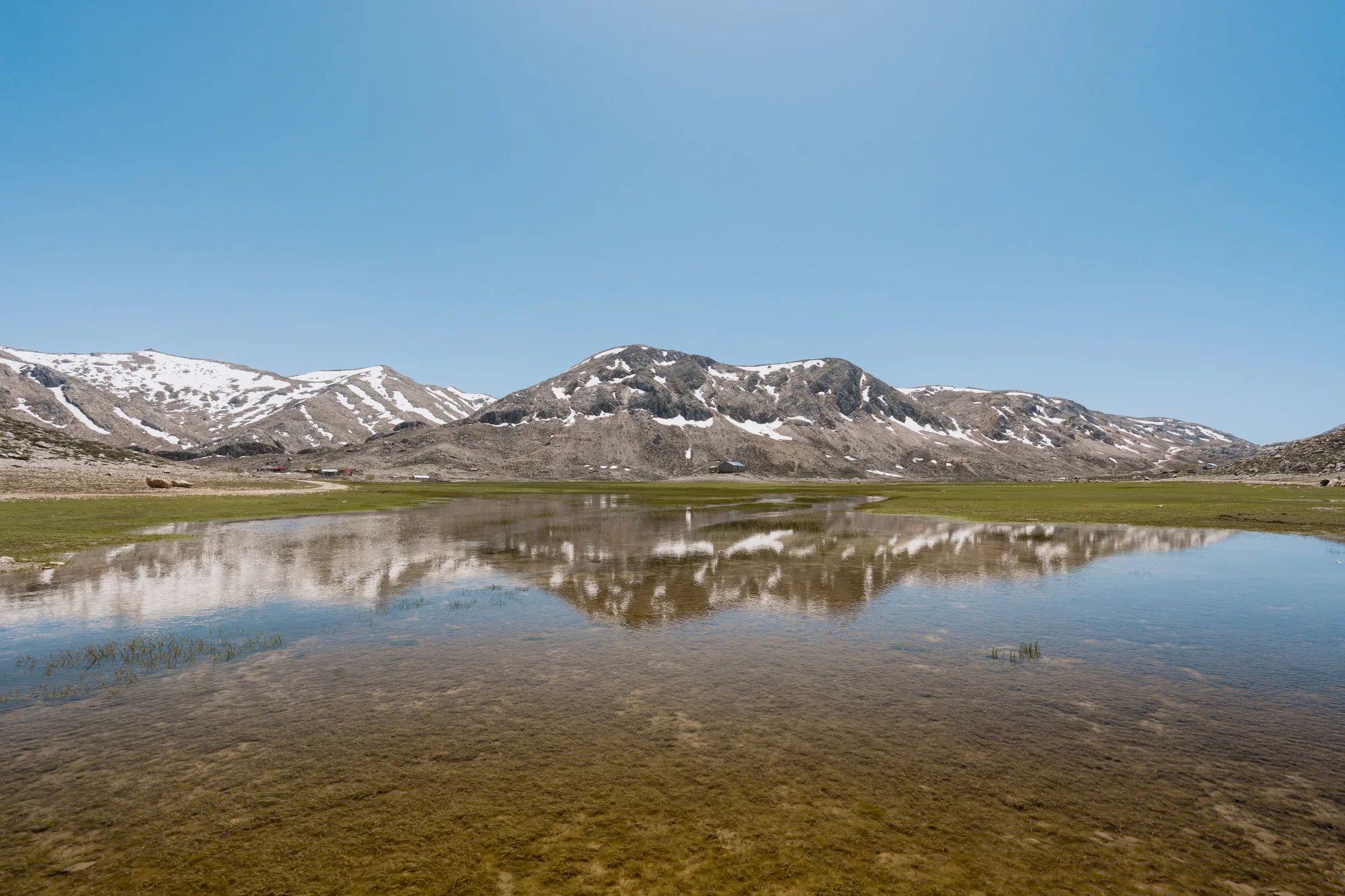As the world’s attention increasingly focuses on environmental health and the safety of natural resources, a new study sheds light on the distribution and partitioning of arsenic (As) in diverse aquatic ecosystems within the Qinghai-Tibetan Plateau (QTP)—an ecologically sensitive and geologically unique region. The research, recently published in the journal Environmental Research, presents a compelling comparison of arsenic levels between freshwater and saltwater lakes, providing key insights into the biogeochemical processes that govern element behavior in contrasting saline environments.
This 2500-word article delves into the groundbreaking study conducted by an international team of earth system scientists led by Dr. Li Dongli and Dr. Ding Shiyuan from Tianjin University in collaboration with other prominent institutions. Entailing profound implications for environmental monitoring and management, their research findings have been meticulously documented in the paper titled “Arsenic distribution and partitioning in multiple media in a typical catchment in the Qinghai-Tibetan plateau: A comparison between freshwater and saltwater lakes” (DOI: 10.1016/j.envres.2024.118132).
Background of the Study
The Qinghai-Tibetan Plateau, often referred to as the “Third Pole,” is characterized by its vast and diverse landscapes, including rivers, wetlands, and an array of freshwater and saltwater lakes. Of particular concern within this high-altitude environment is the presence of arsenic, a well-known toxic metalloid that poses significant threats to ecosystems and public health. Prior studies have extensively documented its presence across various surface media, yet the detailed behavior and partitioning of arsenic in contrasting types of lakes remain an underexplored domain—until now.
Methodology
The study’s authors embraced a multidisciplinary approach, systematically collecting environmental samples from a representative small catchment on the plateau comprising a river, adjacent wetland, and both types of lakes. Hurleg Lake, a freshwater lake, and Tosen Lake, a saltwater counterpart, served as the focal points for the comparative analysis. The researchers employed cutting-edge analytical methods to quantify arsenic concentrations determining both particulate arsenic (PAs) and dissolved arsenic (DAs).
Findings and Implications
In a remarkable divergence, the team found that the freshwater system, exemplified by Hurleg Lake, featured elevated levels of PAs and subdued concentrations of DAs. Conversely, Tosen Lake, embodying the saltwater system, showcased an inverse relationship with reduced PAs and heightened DAs levels. These disparities were largely attributed to two primary factors: evaporation enrichment, a natural phenomenon that concentrates elements in bodies of water as moisture evaporates, and competitive adsorption of bicarbonate ions (HCO₃⁻), which impacts the binding of arsenic to particles in the water.
Environmental and Health Concerns
Arsenic contamination is a critical issue in environmental science, given that it can lead to severe ecological damage and health hazards, including cancers, cardiovascular diseases, and neurotoxic effects. The findings from this study underscore the need for tailored management strategies that consider salinity’s role in arsenic behavior, especially given the vast differences in partitioning characteristics between freshwater and saltwater lakes.
Future Directions
In light of these revelations, the research team argues for enhanced monitoring of arsenic levels across varying aquatic environments, particularly on the Qinghai-Tibetan Plateau, where ecological balance is paramount for both local and global scales.
Key References
1. Li D., He H., Yang M., Zhang X., Guan T., Dai W., Li Y., Shao H., Ding S., Li X. (2024). “Arsenic distribution and partitioning in multiple media in a typical catchment in the Qinghai-Tibetan plateau: A comparison between freshwater and saltwater lakes.” Environmental Research, 246, 118132. doi: 10.1016/j.envres.2024.118132
2. Ravenscroft, P., Brammer, H., & Richards, K. (2009). “Arsenic Pollution: A Global Synthesis.” Wiley-Blackwell.
3. Smedley, P. L., & Kinniburgh, D. G. (2002). “A review of the source, behavior and distribution of arsenic in natural waters.” Applied Geochemistry, 17(5), 517-568.
4. Nickson, R., McArthur, J., Burgess, W., Ahmed, K. M., Ravenscroft, P., & Rahmanñ, M. (1998). “Arsenic poisoning of Bangladesh groundwater.” Nature, 395(6700), 338.
5. Berg, M., Tran, H. C., Nguyen, T. C., Pham, H. V., Schertenleib, R., & Giger, W. (2001). “Arsenic contamination of groundwater and drinking water in Vietnam: A human health threat.” Environmental Science & Technology, 35(13), 2621-2626.
Keywords
1. Arsenic Partitioning Qinghai-Tibetan Plateau
2. Freshwater Saltwater Lakes Arsenic
3. Environmental Impact Arsenic Contamination
4. Arsenic Distribution in Aquatic Ecosystems
5. Biogeochemical Processes Arsenic Salinity
The comprehensive study presented in this paper offers valuable knowledge critical for the protection of one of the world’s most vulnerable high-altitude ecosystems. As researchers continue to unravel the complexities of arsenic behavior in such diverse environmental contexts, the importance of their work becomes ever clearer in guiding the rational stewardship of natural resources.
